Changes at the top of the Scottish Green Party – UK Green news round up week 31
Patrick Harvie and Lorna Slater elected first Scottish Green Party co-leaders
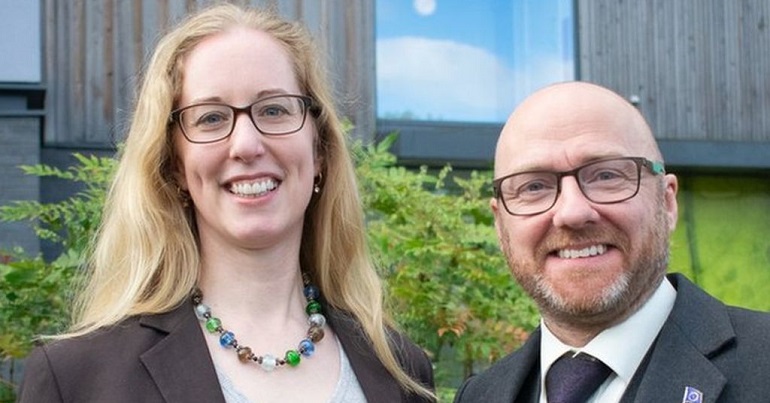
Change was afoot in the Scottish Green Party this week. Party members finished voting in the party’s leadership election. And Patrick Harvie and Lorna Slater were elected as the party’s first ever co-leaders.
Patrick Harvie, who had been the Scottish Greens’ co-convener – an earlier iteration of the leadership role – since 2008 said on his election:
I’m absolutely delighted to be elected along with Lorna as one of the Scottish Greens Co-Leaders. Green voices have never been more important as we face up to the climate emergency. The science is clear – we have just over a decade to transform our economy for the better and avert an existential crisis, but the other parties are happy to carry on with business as usual.
Greens have been leading the change by fighting for and winning a fairer income tax system, meaning most Scots pay less that their UK counterparts, and those who can afford it pay a bit more, we’ve delivered hundreds of millions for local services across the country and initiated a process to scrap the hated Tory council tax.
Lorna Slater, who was the second candidate on the party’s list for the 2019 European elections said:
I look forward to contributing my expertise in marine renewable energy and manufacturing in Scotland to our proposal for a Scottish Green New Deal, ensuring that we take advantage of all the social and economic opportunities that come along with tackling the climate emergency.
Scotland has significant renewable resources such as wind and tidal energy, we have the manufacturing and offshore infrastructure to become a powerhouse of clean energy generation. We can ensure everyone lives in a warm home which they can afford to heat and invest in reopening rail links and stations as part of a transport vision fit for the 21st century. We already have the skills and resources to transform our economy, tackle the climate emergency and create thousands of quality jobs along the way, and I’ll work to deliver that transformation in the coming years.
The full breakdown of the election results has not been formally released by the Scottish Greens. However, the breakdown of the first preference votes for the election was as follows:
First Preferences for that Scottish Green Party Co-Leader election were;
Patrick Harvie – 43.1%
Lorna Slater – 30.2%
Maggie Chapman – 17.3%
Guy Ingerson – 7.5%
Graham Kerr – 2.0%No details on transfers, but quota circa 33.3%. pic.twitter.com/uPg8BywLKP
— Ballot Box Scotland (@BallotBoxScot) August 1, 2019
The results would have been disappointing for Maggie Chapman, who came third in the election and who previously served as the Scottish Greens’ co-convener alongside Harvie from 2013. In a statement on her Facebook page, Chapman said:
Today I step down from my leadership role within the Scottish Green Party. I’d like to congratulate both Lorna Slater and Patrick Harvie who have been elected as the party’s Co-Leaders.
It has been an immense privilege and honour to be the party’s Co-convener for the last 5 and a half years, and I am proud of what I achieved in that time. Our party membership has increased significantly and many more people understand what Green Politics is all about. I led two strong European campaigns, with the positive case for immigration and the urgent need to transform our economy at their heart. And I have built links with movements and groups beyond party politics, something I consider vital to doing politics differently. And when our world and our politics are so precarious, we certainly do need to do things differently.
I would like to thank all of you who have supported, advised and challenged me over the last few years. I look forward to continuing to work alongside you, and I will continue to fight for what I believe in.
Scottish Greens’ eco-socialist slate takes key positions in party
Scottish Green Party members weren’t only voting for their new co-leaders this week. A range of other internal party roles were elected.
And those elections proved to be particularly successful for the Green Futures Group – the newly formed left wing, ecosocialist faction in the Scottish Greens. All seven candidates on their slate were successfully elected.
After their election success, the Green Futures Group released a statement which read:
The Green Future Group are delighted that all seven of the candidates standing on our joint slate were successfully elected. We’re deeply grateful to the members who were excited by our platform and gave us their support.
We look forward to working with the dozens of hard working activists elected to other roles alongside us, the first ever formal SGP Co-leaders Lorna and Patrick, and of course the grassroots membership of the party.
With the fresh start of new faces and structures, together we can transform the party and lay the groundwork for record results in the 2021 Holyrood elections and then the 2022 Council elections, and deliver policies that put people and planet first.
Green leaders celebrate Brecon and Radnorshire by-election result
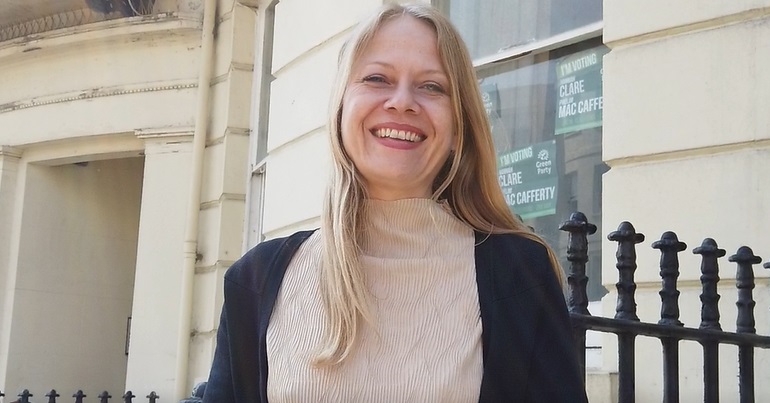
Boris Johnson’s working parliamentary majority was reduced to just one this week, as voters in Brecon and Radnorshire voted to elect a Liberal Democrat MP in a by-election. The by-election was held after the sitting Conservative MP Chris Davies was caught submitting fake invoices to claim expenses, with a by-election being triggered after a recall petition signed by his constituents was successful.
The Wales Green Party did not stand a candidate in the election, with party leader Anthony Slaughter saying at the time:
The local Green Party in Brecon and Radnor has chosen not to contest the upcoming by-election, in order to maximise the chances of the candidate most likely to beat the Conservatives and the Brexit Party. Our local Green Party, like some other parties, has decided in these very particular circumstances that the best choice right now is to put Wales before tribal politics. We will always stand up for environmental and social justice, but current government policies, including the threat of crashing out of the EU, are bad news for people and environment.
After the Liberal Democrats won the seat, Slaughter celebrated the victory, and described the Greens’ role as “key” to it changing hands. According to Green World, Slaughter said:
The local Green Parties in the constituency made a decision, in the light of the critical circumstances of this moment, with the finely balanced parliament in Westminster, to withdraw in order to maximise the chances of a Remain MP.
That decision is absolutely vindicated by this result. The people of Brecon and Radnorshire have taken the opportunity to cut Boris Johnson’s majority in Westminster to a highly unstable one, reducing further the risk of a disastrous crash-out Brexit.
And the Green Parties’ decision was key to that: the Liberal Democrat majority was 1,400 votes. We got 1,300 votes in the seat in 2015, while Plaid Cymru, who also withdrew from the by-election, also got that many votes.
His views were echoed by Green Party of England and Wales co-leader Sian Berry. In an article for Bright Green, Berry wrote:
The election of Jane Dodds happened after the local Green Parties in the constituency made the decision to withdraw from the by-election to maximise the chances of another Remain vote in parliament.
Our decision was key to the result, as was the Plaid Cymru decision to do likewise: the Liberal Democrat majority this week was 1,400 votes. The Green Party candidate won 1,300 votes in the seat in 2015, while Plaid Cymru, who also withdrew from the by-election, also got that many votes in 2017.
This decision by our local Green Party was made for the circumstances of this seat, in this vote, in these extraordinary times. And it is absolutely vindicated by this result.
Scottish Green Party members fallen by 30% in four years
Updates on Scottish Green Party membership figures emerged this week – with the party’s membership having dropped to just short of 6,500. That’s a decrease of around 30%, down from 9,000 at the party’s height at the end of 2015.
However, this is still around six times higher than it was at the start of 2014. Much of the membership growth took place during and in the aftermath of the Scottish Independence Referendum, and alongside the concurrent “Green Surge” in the England and Wales Green Party.
Speaking on the figures, a Scottish Green Party spokesperson said:
The Scottish Greens have a dynamic young membership, most of whom have joined since 2014 to take action on climate change. Before the independence referendum, the Scottish Greens had only 1,700 members, and this year we have seen a steady increase of new members join.
Lewes Greens select General Election candidate
As the prospect of an early General Election looms, many local Green Parties have been selecting their candidates for such an election. Amongst those who now have a candidate in place is Lewes Green Party.
Johnny Denis – who currently serves as the cabinet member for communities and customers in the ruling coalition on Lewes District Council – was selected as the Green candidate for the Lewes constituency.
As reported by the Sussex Express, Denis said:
We are so much more than just a remain party. We will put tackling climate change as priority number one while supporting communities and rebuilding properly funded public services.
The people of Lewes are looking for a progressive candidate who can win! Together we can make that happen.
Liberal Democrat councillor in Chichester defects to the Greens
Chichester got a little Greener this week. The number of Green Party councillors on Chichester District Council rose from two to three, as Liberal Democrat councillor Natalie Hume defected to the Greens.
According to the Chichester Observer, Hume put her decision down to feeling her voice would be strongest as a Green:
I stood as a Liberal Democrat in support of another candidate, and did not campaign actively on my own behalf. Now that I have been elected, I am committed to representing the ward with integrity and clarity, in keeping with my personal values. I feel my voice for Loxwood will be strongest and most effective from within the Green Party.

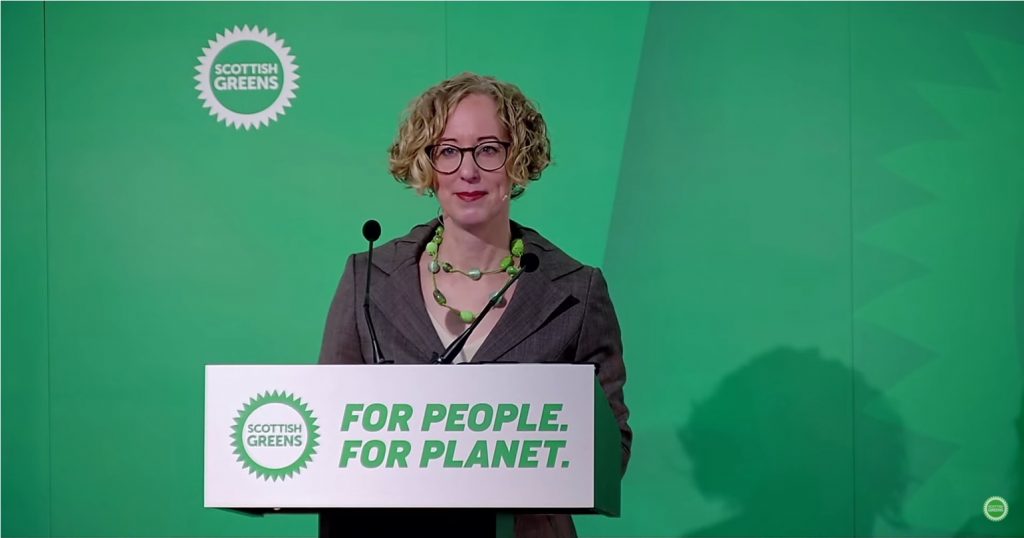
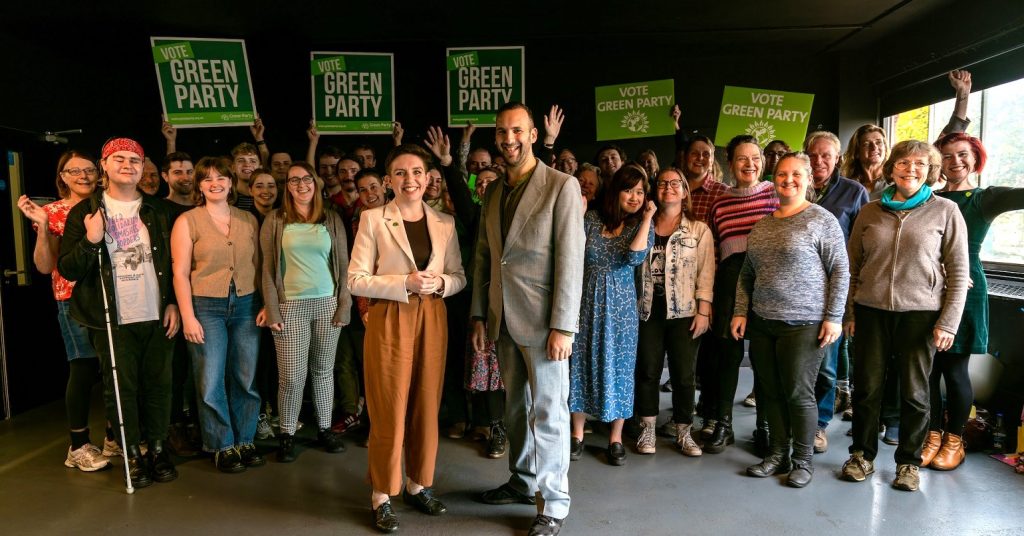
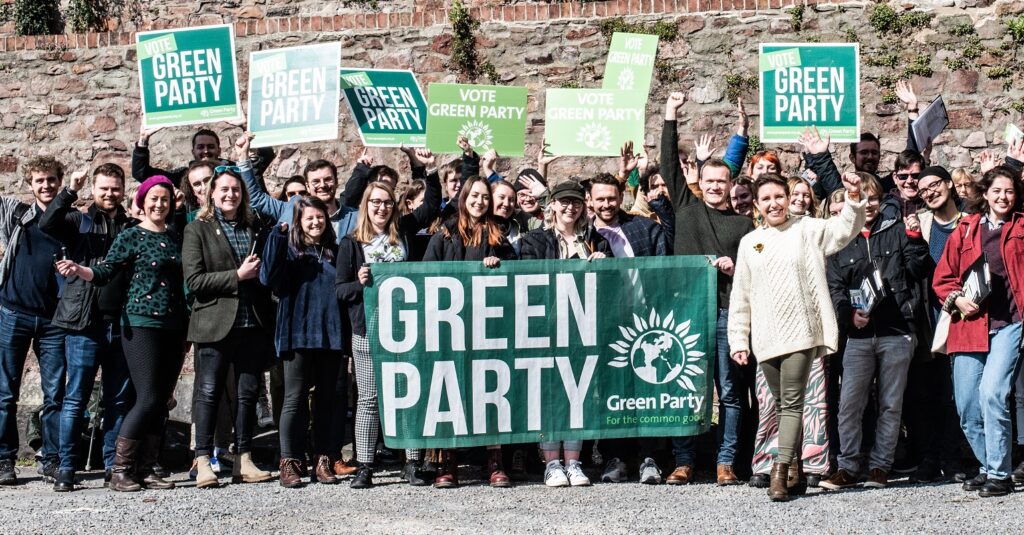
Leave a Reply